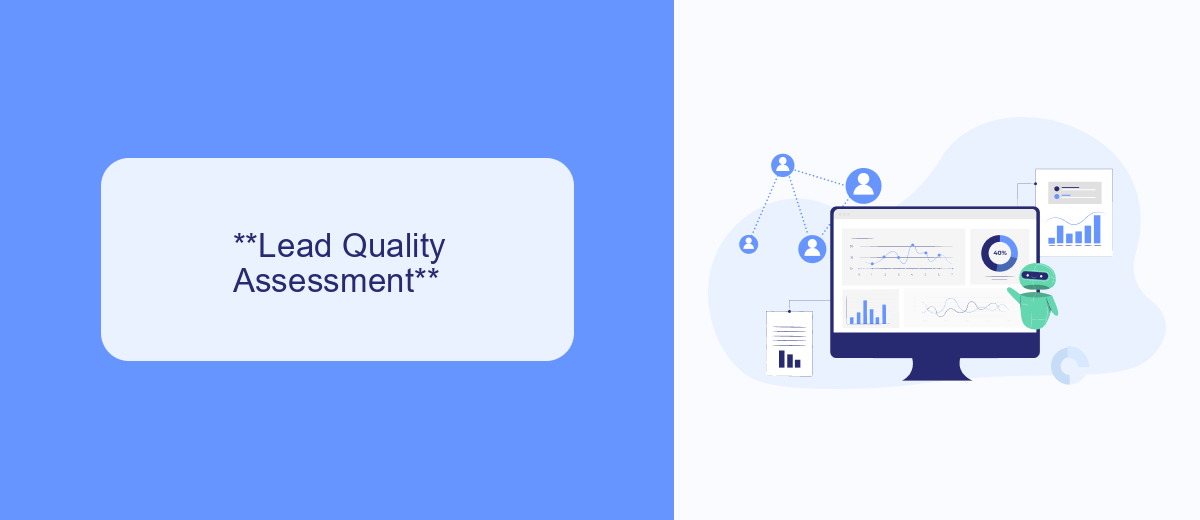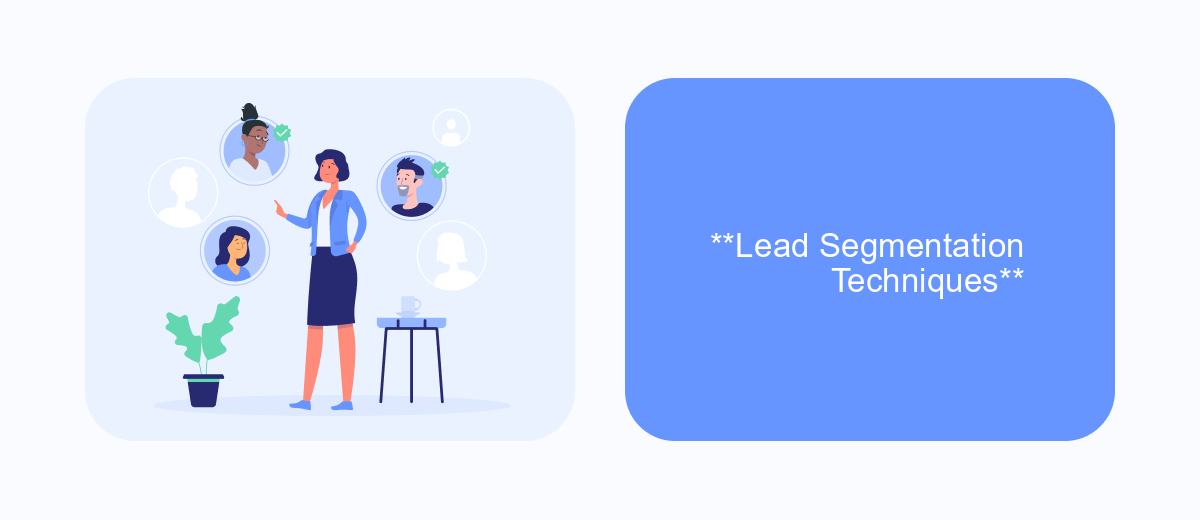Lead generation is a crucial aspect of modern marketing, enabling businesses to identify and cultivate potential customers. Understanding the key terms associated with lead generation can significantly enhance your marketing strategy. This article aims to demystify essential lead generation terminology, providing you with the knowledge needed to effectively attract and convert leads into loyal customers.
**Lead Generation Metrics**
Understanding lead generation metrics is crucial for evaluating the effectiveness of your marketing strategies. These metrics provide insights into how well your campaigns are converting prospects into leads and ultimately customers.
- Conversion Rate: The percentage of visitors who complete a desired action, such as filling out a form or making a purchase.
- Cost Per Lead (CPL): The total cost of generating a new lead, calculated by dividing the total marketing spend by the number of leads generated.
- Lead Quality: A measure of how likely a lead is to become a paying customer, often assessed through lead scoring techniques.
- Time to Conversion: The average time it takes for a lead to move through the sales funnel and become a customer.
Monitoring these metrics allows businesses to fine-tune their lead generation strategies for better performance. Tools like SaveMyLeads can streamline the process by automating lead data integration from various sources, ensuring that your metrics are up-to-date and accurate.
**Lead Quality Assessment**

Lead quality assessment is a critical process in determining the potential value of leads generated through various marketing efforts. This involves analyzing multiple factors such as demographic information, engagement history, and behavioral data to gauge the likelihood of a lead converting into a customer. By implementing a robust lead scoring system, businesses can prioritize high-quality leads, ensuring that sales teams focus their efforts on prospects with the highest conversion potential.
Integrating automated tools like SaveMyLeads can significantly enhance the efficiency of lead quality assessment. SaveMyLeads allows for seamless integration with various CRM systems and marketing platforms, enabling real-time data synchronization and analysis. This automation not only saves time but also ensures that lead information is up-to-date and accurate, facilitating more informed decision-making. By leveraging such tools, businesses can streamline their lead management processes and improve overall conversion rates.
**Lead Nurturing Strategies**

Lead nurturing is a crucial aspect of any successful lead generation strategy. It involves building relationships with potential customers at every stage of their journey, ensuring they receive the right information and guidance to make informed decisions. Effective lead nurturing can significantly increase conversion rates and customer loyalty.
- Email Campaigns: Send personalized and relevant content to leads based on their interests and behavior.
- Content Marketing: Provide valuable resources such as blogs, whitepapers, and case studies to educate and engage leads.
- Social Media Engagement: Interact with leads on social platforms to build trust and keep your brand top-of-mind.
- Lead Scoring: Use a scoring system to prioritize leads based on their readiness to purchase.
- Automated Workflows: Utilize tools like SaveMyLeads to automate lead nurturing processes, ensuring timely and consistent communication.
By implementing these strategies, businesses can effectively nurture leads, guiding them through the sales funnel and ultimately converting them into loyal customers. Automation tools like SaveMyLeads can streamline the process, allowing for more efficient and personalized lead nurturing efforts. Consistent and thoughtful engagement is key to turning potential customers into long-term advocates for your brand.
**Lead Segmentation Techniques**

Lead segmentation is a crucial aspect of any lead generation strategy. It involves categorizing leads based on specific criteria to ensure targeted and personalized marketing efforts. By segmenting leads effectively, businesses can improve conversion rates and enhance customer relationships.
There are several techniques used for lead segmentation. These techniques help in identifying the most promising leads and tailoring marketing strategies accordingly. Each method has its own advantages and can be employed based on the business's unique needs and goals.
- Demographic Segmentation: Categorizing leads based on age, gender, income, education, etc.
- Behavioral Segmentation: Grouping leads according to their actions, such as website visits, email opens, and purchase history.
- Geographic Segmentation: Dividing leads based on their location, such as country, state, or city.
- Firmographic Segmentation: Segmenting leads based on company attributes like industry, company size, and revenue.
Utilizing integration services like SaveMyLeads can streamline the lead segmentation process. SaveMyLeads allows businesses to automate data collection and segmentation, ensuring that marketing efforts are always targeted and efficient. By leveraging such tools, companies can save time and focus on converting high-quality leads.


**Lead Management Software**
Lead management software is essential for businesses looking to streamline their lead generation and nurturing processes. These tools help in capturing, tracking, and managing leads efficiently, ensuring that no potential customer falls through the cracks. They offer features such as lead scoring, automated follow-ups, and detailed analytics, which enable sales teams to prioritize high-quality leads and tailor their approach to different customer segments.
Integrating lead management software with other business tools can further enhance its effectiveness. For instance, services like SaveMyLeads can automate the process of connecting your lead management system with various platforms, such as CRMs, email marketing tools, and social media channels. This ensures that data flows seamlessly across your tech stack, reducing manual data entry and minimizing errors. By leveraging such integrations, businesses can create a more cohesive and efficient lead management process, ultimately driving higher conversion rates and improved customer relationships.
FAQ
What is lead generation?
Why is lead generation important for businesses?
What are the common methods of lead generation?
How can automation improve lead generation efforts?
What are the benefits of integrating lead generation tools with other marketing platforms?
What do you do with the data you get from Facebook lead forms? Do you send them to the manager, add them to mailing services, transfer them to the CRM system, use them to implement feedback? Automate all of these processes with the SaveMyLeads online connector. Create integrations so that new Facebook leads are automatically transferred to instant messengers, mailing services, task managers and other tools. Save yourself and your company's employees from routine work.
